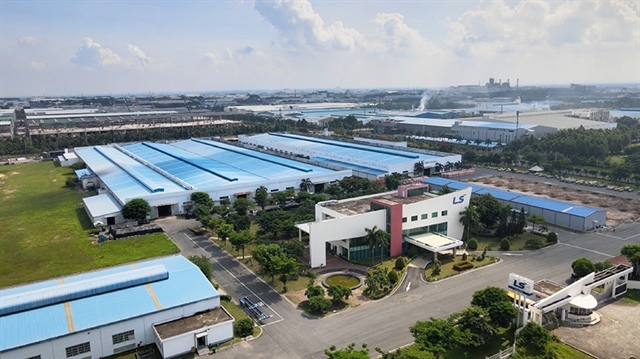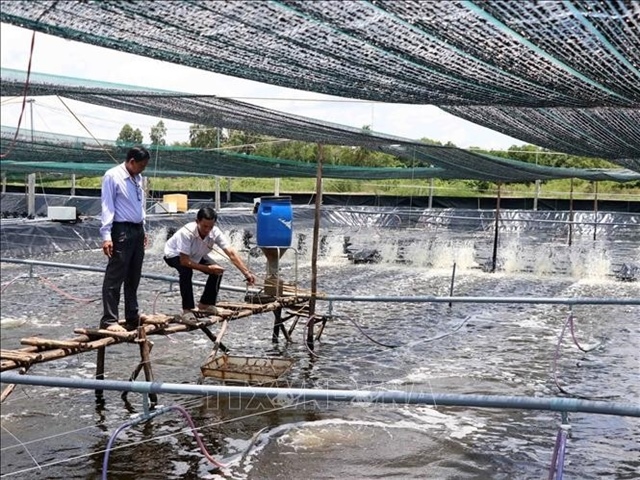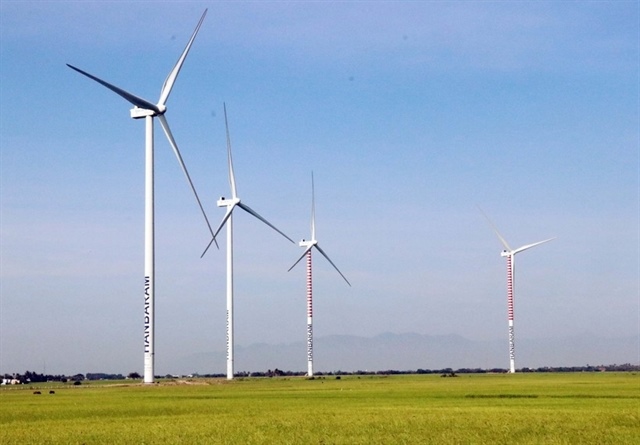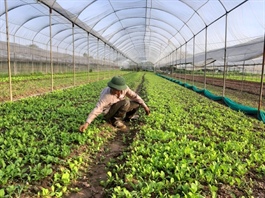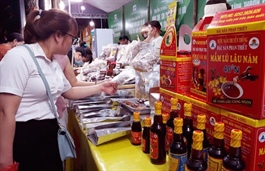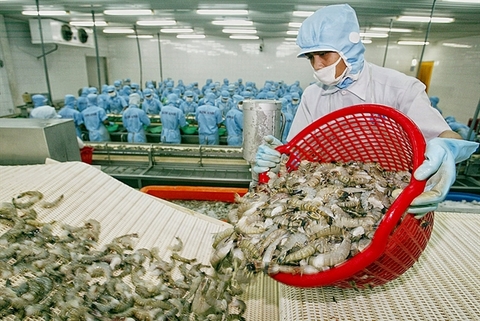Vietnam pilots passion fruit exports to China
Vietnam pilots passion fruit exports to China
After almost six years of negotiations, China has agreed to pilot the import of Vietnamese passion fruit from July 1, 2022, adding it to a growing fruit basket of Vietnamese exports that includes dragon fruit, watermelon, lychee, longan, banana, mango, jackfruit, rambutan and mangosteen.
Product quarantine
Nguyen Thi Thu Huong, Deputy Director of the Ministry of Agriculture and Rural Development’s (MARD) Plant Protection Department said China’s General Administration of Customs (GACC) had approved imports of Vietnamese passion fruit through seven border crossings in China’s Guangxi Province, including Huu Nghi Quan, Po Chai, Pingxiang Railway Station, Pingxiang, Dongxing, Long Bang, and Shuikou.
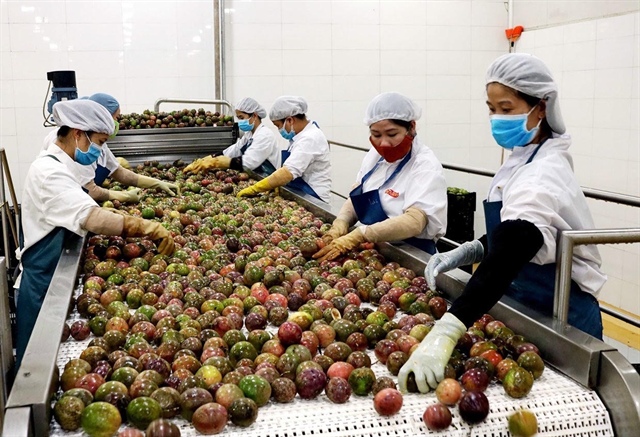
A series of activities have been planned to promote the speedy export of passion fruit to China |
The two sides will assess the results of the pilot project and decide whether to sign an official protocol on plant quarantine for Vietnamese passion fruit imported into China, contributing to the development of trade between the two countries.
About 6,000 hectares of passion fruit are being grown in Vietnam’s 46 cities and provinces, providing an annual output of more than 111,000 tonnes, with an average yield of 22.67 tonnes per hectare. The cultivation area is expected to increase to 12,000-15,000ha in the 2025-2030 period, with annual output of 300,000-400,000 tonnes of fresh fruit.
According to the Plant Protection Department, all growing areas providing products for export to China must follow good agricultural practices (GAP), monitor pests and pesticide residues, and ensure safety and hygiene for COVID-19 pandemic prevention and control, among others. Technicians involved in these processes must be trained to take control of the entire production and packaging process.
The GACC recommends that it be allowed to register and approve passion fruit growing areas and packing facilities along with the Plant Protection Department.
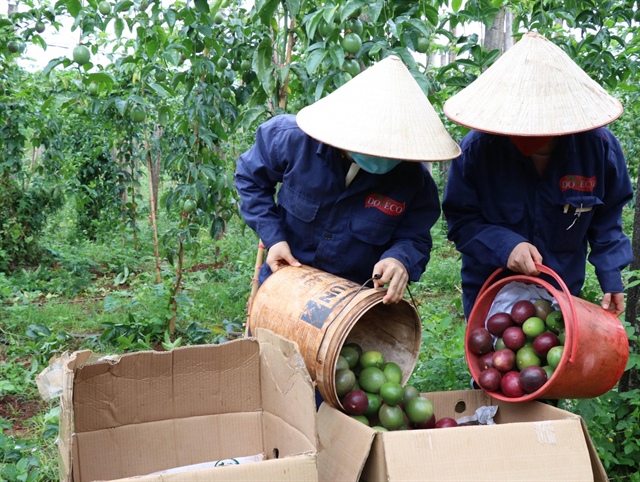
About 6,000 hectares of passion fruit are being grown in Vietnam’s 46 cities and provinces |
Growing area codes
Duong Gia Dinh, Director of the Crop Production Sub-Department of Son La Province in northwestern Vietnam said Vietnamese passion fruit’s entrance into the Chinese market is a good sign, but maintaining that market will be difficult due to planting area code requirements. Passion fruit growers, especially members of ethnic minorities, are still finding it hard to meet the GAP standards due to their limited awareness. Only a few packaging facilities in the province meet the stipulated standards and requirements.
According to Nguyen Thien Chan, Deputy Director of the Agricultural Development Sub-Department of the Central Highlands Province of Dak Nong, passion fruit is being grown on 1,300ha in the province, providing an annual output of about 27,0000 tonnes of fruit. Central passion fruit growing areas have been established in the province, and codes for these areas have been granted, but only two of the 28 granted codes are in use, Chan said. Only two of the four codes granted for preliminary processing and packaging areas are in use, he added.
The sub-department is applying for growing area codes for several kinds of crops including passion fruit, while requesting authorities to issue speedy guidelines for training local professionals, help businesses access the market, and make public export criteria, standards and conditions.
The Plant Protection Department plans a series of activities to promote the speedy export of passion fruit to China, including a review of growing areas and packing facilities, and working with the Chinese side on lists of growing areas and packaging facilities.



